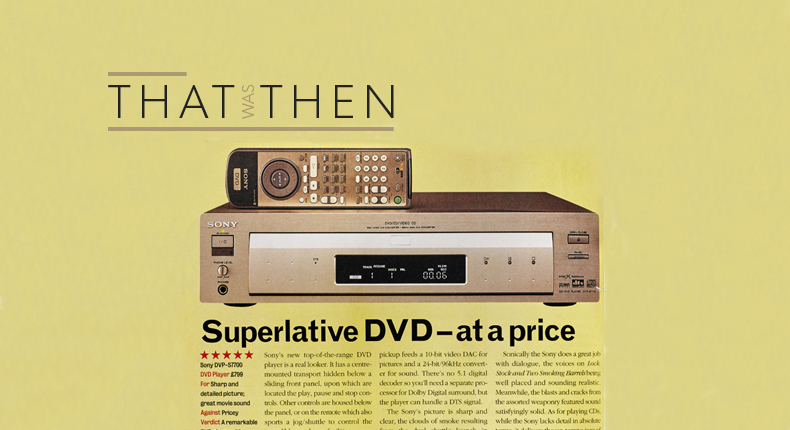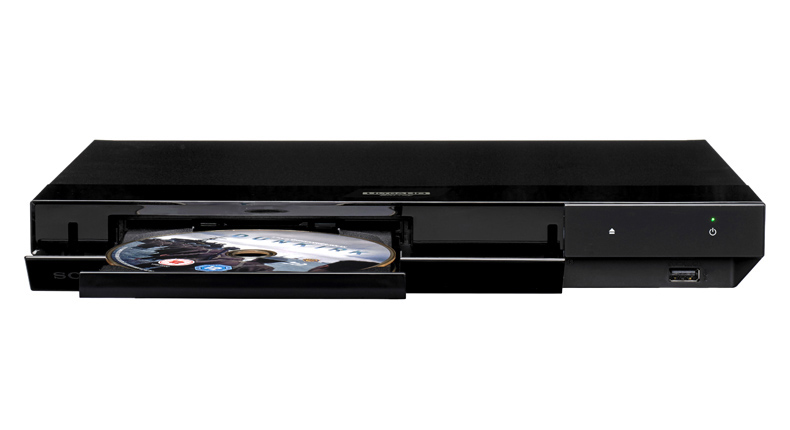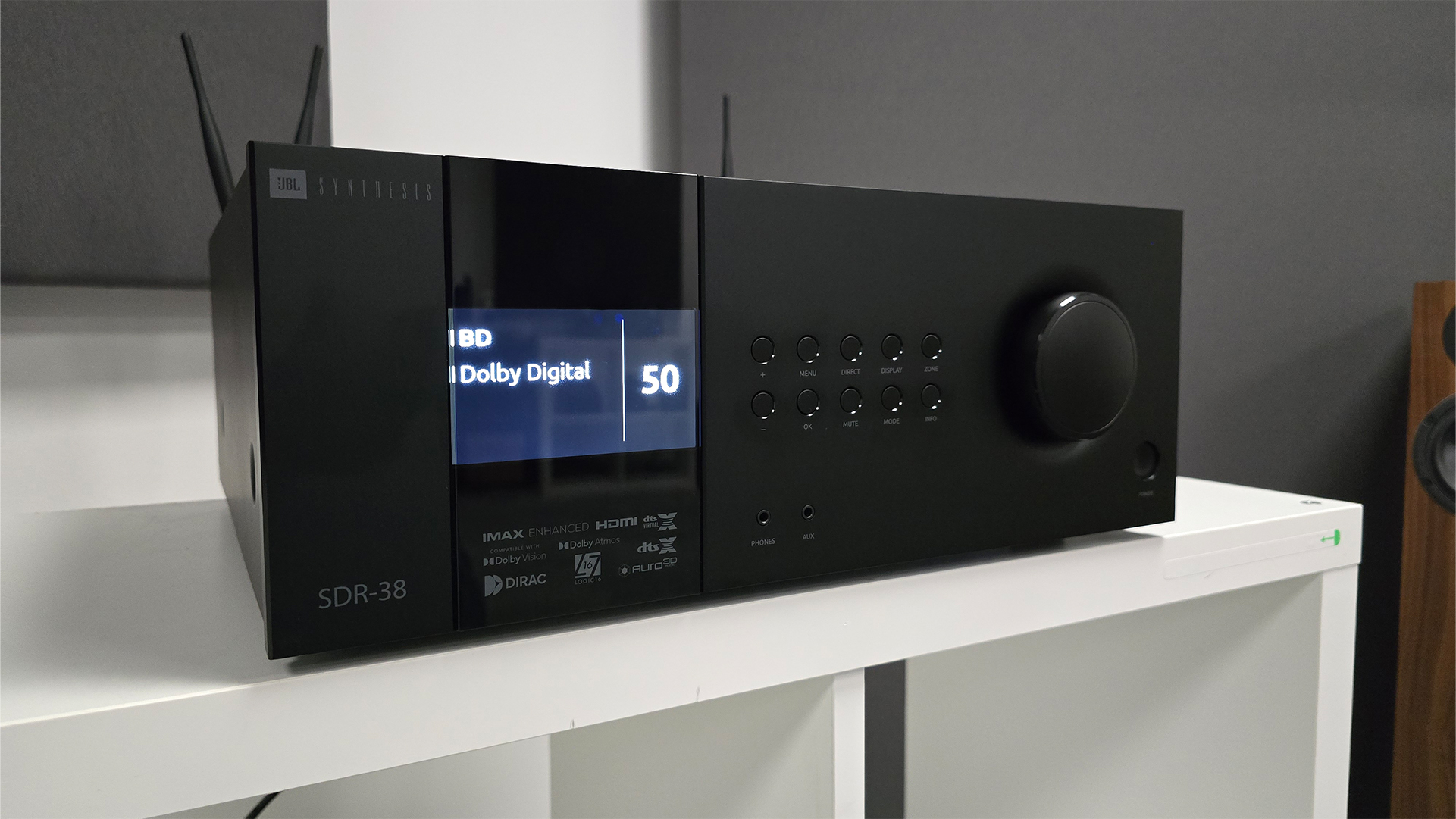That Was Then… Sony DVP-S7700
We jump back to 1999 to savour Sony's superlative DVD player.

Back in 1999 the DVD format was exciting, cutting-edge digital technology that outclassed VHS standards to an embarrassing degree. The best way of all to watch DVD? Using Sony’s lovely DVP-S7700.
We liked this player so much, it wasn’t long before we had two as our reference machines – one set for Region 2 (Europe) and the other to play discs from the American market (Region 1).
At the time it was common for big releases to come out in the States months before we got them in Europe.
See all our Blu-ray player reviews

The S7700 was a classy product. It was superbly made and featured a metal front panel that glided down to reveal the disc-loading drawer.
Best of all was the performance. The picture quality was sharp, precise and impressively detailed. Colours were rendered with plenty of finesse and control without a hint of extra bloom. This Sony was great at delivering contrast mating properly deep and insightful blacks with plenty of brilliance with whites.
Audio was equally pleasing - and it could handle DTS soundtracks, which wasn’t as common as you’d expect back then. There was no built-in decoder for either Dolby Digital or DTS, so you needed an AV amp with suitable capabilities.
The latest hi-fi, home cinema and tech news, reviews, buying advice and deals, direct to your inbox.
The S7700 was a pretty decent stereo machine too, able to get good results from CD and those early audio-only DVDs that carried 24bit/96kHz music. Even at £800 we couldn’t find a better alternative.
That just goes to show just how much things have moved on. The new UBP-X700 adds 4K HDR, Blu-ray replay and smart functionality to the old timer’s feature list, and costs just £250. It’s a great performer too, with superb picture quality from all disc formats and a fine, though slightly lightweight, sound presentation.
The price difference shines through in the build - the ’X700 is more biscuit-tin than hewn from stone - but in all aspects of performance and sheer value, it’s brilliant.
Simon Lucas is a freelance technology journalist and consultant, with particular emphasis on the audio/video aspects of home entertainment. Before embracing the carefree life of the freelancer, he was editor of What Hi-Fi? – since then, he's written for titles such as GQ, Metro, The Guardian and Stuff, among many others.
